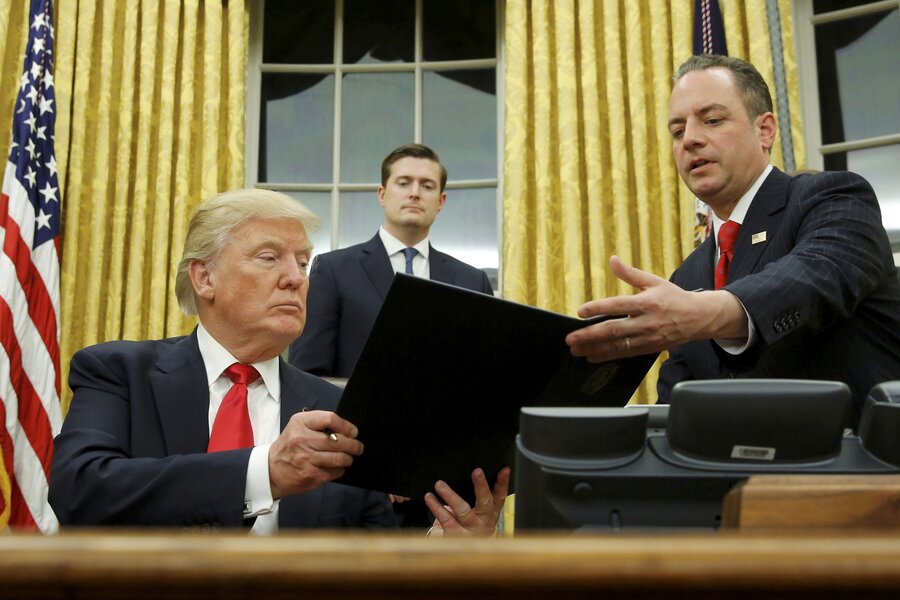ACTION
Shortly after his inauguration, Trump signed the Executive Order: Minimizing the Economic Burden of the Patient Protection and Affordable Care Act. It instructs the secretary of Health and Human Services and other agency leaders to waive, exempt, or delay any further implementation of ACA that would “impose a fiscal burden” on any state, individual, health insurer, or health-care provider.
ANALYSIS
At the top of his campaign agenda, this order is the first step to weaken Obamacare until Congress can repeal it. By directing agencies to interpret ACA legislation as loosely as possible, it may have a direct impact on ACA’s individual mandate, which requires Americans to pay a fee if they are uninsured. The mandate excludes Americans who can prove financial hardship, and with Trump’s executive order in place, the government may loosen the exemption qualifications. “The Trump executive order should be seen as more as a mission statement,” writes The New York Times, “and less as a monarchical edict that can instantly change the law.”








